Thick-tailed Bushbaby hiding in the rafters of the Olifants Lookout.
There were plenty of Crombecs at the overlook, as well as BLACK-BACKED PUFFBACKS, and HOUSE SPARROWS--even in the middle of a Safari you can’t escape these birds. We found a couple CRESTED BARBETS, and a few sunbirds, but there wasn’t a lot of activity. Near the northeast corner of the camp there is a utility road that head north from the camp, and here there were lots of birds. A flock came through with a CHINSPOT BATIS, a BLACK-CROWNED TCHAGRA, and a gorgeous SOUTHERN BLACK-FLYCATCHER.
Southern Black-Flycatcher is often mis-identified as a Square-tailed Drongo.
We walked through the east housing area to make one last look for the Chat between the there and the lookout. As we walked along the edge of the fence I looked up and spotted a stunning AFRICAN PARADISE-FLYCATCHER flying past. It landed a couple of different spots and I got photos. Just a brilliant bird.
African Paradise-Flycatcher are simply put--stunning!
We headed back and packed the car and were shortly on our way back towards Letaba Camp for breakfast. We stopped at the same overlook on the river where the Saddle-billed Stork was the previous day. This time we added a new trip species with an AFRICAN OPENBILL.
African Openbill are a form of Stork with a gap between the two mandibles.
We slowly made our way towards Letaba but saw some cool stuff along the way, including the strangest things we might of saw during our Safari. Going over a Mopane covered slope our guide slammed on the brakes and backed the car up. About 80’ off the road laying on the ground a mile from any water source was an enormous HIPPO. It looked like a giant rock until you put it in binoculars.
Hippopotamus laying in the Mopane during the day.
During our night drives we saw Hippos away from water, but it was really weird seeing this one where it was. As we got closer to Letaba we ended up in a small ravine with some water in it. Right next to the road were 4 SPOTTED HYENA just lounging in the dirt and mud.
Spotted Hyena sitting in a muddy river bed near Letaba Camp.
While we watched the Hyenas a number of birds were enjoying a little puddle of water here. A GIANT KINGFISHER flew in as did a couple of THREE-BANDED PLOVER. There were both Blue Cordonbleu and Red-headed Weaver in the bushes above the water, and a new trip bird at the water in a KURRICHANE THRUSH.
Kurrichane Thrush visiting a puddle near Letaba Camp.
After a quick breakfast we were headed down the road toward Phalaborwa Gate and our destination for the night, Kurisa Moya Lodge in the mountains to the west. But we still had the morning and lots of park to drive through, with lots to see. As you move west the forest slowly shrinks into shrubland--basically stunted Mopane so the terrain is a lot more open. We stopped at a water hole where there weren’t a ton of birds, but as luck would have we had our second GROUNDSCRAPER THRUSH of the trip perch in a tree nearby for confiding looks.
Groundscraper Thrush perched in a snag--one of my favorite robins from Africa.
A family of 5 SLENDER MONGOOSE also were present here playing in the rocks near the parking area. They like the pishing noises, and kiss noises and would perch up on the rocks to get a better look when you make them.
I believe this is a Slender Mongoose.
As things opened up IMAPALA were easy to see, and the GIRAFFE really stuck out. It even made it easy to spot a 6 month old (about) GIRAFFE walking through the short brush. Not much cuter than this animal when it’s small.
This Giraffe is at most about 6 months old.
There were also plenty of ZEBRA and quite a few AFRICAN ELEPHANTS. One of my favorite sightings on the drive however was a beautiful gray hawk, a DARK CHANTING-GOSHAWK that was perched in a snag just on the edge of the highway. We watched the bird for a few moments, and it was the only one I had on the trip, so it was a great prize as we headed out.
Dark Chanting-Goshawk along Letaba-Phalaborwa Road.
With the landscape opening up there seemed to be a lot of anthills showing up. On a 5 mile stretch of road I probably saw 100+ mounds. Some were huge, others small. Some had trees in them, begging the question, which came first the tree or the anthill?
Anthill with a tree underneath--or growing from it?
We eventually approached a historical area known as Masorini where we would stop to look at the archaeological site. But across the road was a tank where three ELEPHANTS were busy enjoying the water. The tank was really low and the elephants had to really stretch their trunks to pull the water out. Bert told us that they preferred the holding tanks to the ponds they fed often because the water was cleaner.
Elephant taking a drink from a holding tank at Masorini.
After watching the Elephants for a few minutes we drove into Masorini, and just as we got to the parking area, there in front of the car on a rock was the target bird from the morning, a MOCKING CLIFF-CHAT. It couldn’t have been easier to get, and had we been a minute later we would’ve missed it as the bird flew up into the cliffs and didn’t come back while we were there.
Finally got the Mocking Cliff-Chat at Masorini--the only one of the trip.
Also around the ruins were plenty of HOUSE SPARROWS, and quite a few BLUE CORDONBLEU. As luck would have it a RED-HEADED WEAVER was busy building a nest in the tree right at the parking area. The weaver was very obliging for photos and would come and go about every 5 minutes so it made setting up for a shot a little easier.
The splendid Red-headed Weaver working on a nest at Masorini.
Just past Masorini heading west is a well known water hole called SABLE DAM. This hide actually allows people to stay overnight so they can view the waterhole at the best times of day for a chance at seeing some great wildlife. If (when) I eventually go back I would love to spend a night here. Since we were here at mid-day there wasn’t a lot of activity, but a few IMPALA were present.
Herd of Impala taking a drink at Sable Dam.
Over the water dozens of LITTLE SWIFT coursed by. There weren’t a lot of birds from the hide either, but an AFRICAN SPOONBILL did fly in and land right in front of us for a great look.
African Spoonbill coming in to land at Sable Dam.
The inside of the hide has maybe a half dozen beds that fold up into the wall. The bottoms of the beds are covered in artwork--the birds of Kruger Park. I took pictures of a few as we left--kind of cool.
Underside of one of the beds in the Sable Dam Hide/Blind.
Bert drove us around to another part of the dam where we could see everything from a different view. Here we had a few ELEPHANTS and a ROCK MONITOR. Two EUROPEAN HOOPOES flew by--I never got awesome prolonged looks at these birds in Africa, but enough to enjoy their unique look. There was also a COMMON SANDPIPER here that was overly accommodating for photos.
Common Sandpiper at Sable Dam was one of a handful of Eurasian species we saw.
We left Sable Dam and a short time later we approached the Phalaborwa Gate. It was only moments and we were outside the park--our safari was officially over. As we drove towards Tzaneen we did see several SABLE ANTELOPE on private game ranches and reserves that border the park.
Sable Antelope on a private game reserve outside Kruger near Phalaborwa.
Tzaneen sits on the east edge of the mountains and we stopped briefly in the city to check out a spot where MAGPIE MANNAKINS have been visiting a couple of feeders in a neighborhood. We saw several flocks of Mannakins flyby but none at the feeders. One small group looked like the bulkier cousins of the more common Bronze that were also present. There was also a pond in someones yard with a flock of WHITE-FACED WHISTLING DUCKS, but it was hard to gauge their provenance.
White-bellied Whistling-Ducks--in Tzaneen--are the wild or not?
We moved on into the hills where we had a lone COMMON BUZZARD (previously Forest Buzzard), it was like so many other birds, the only one of the trip.
Common Buzzard is very similar to our Red-tailed Hawk.
We made a stop at Debengeni Falls where we thought we might get Mountain Wagtail--no luck, but the falls were a nice sight, and being in the mountains surrounded by terrain that looked like being in one of our canyons back home was nice. It was amazing how similar the mountains were to our back home, and I really enjoyed them.
Debengeni Falls outside of Tzaneen. We were the only people there.
As we left the falls I spotted a Monkey sitting in a tree off the highway. It was a SAMANGO MONKEY, another only mammal of the trip, and a very confiding individual that just sat and watched us while we watched it.
Samango Monkey sitting along the highway near Tzaneen.
From here our drive took us high up through the Wolkberg Mountains The dirt roads were just as bad as some of ours and it was a beautiful drive. As we made our way we stopped for a few birds, including an AFRICAN STONECHAT and 3 FOREST CANARIES perched on a fence line.
A view of the mountains from the summit near Kurisa Moya.
We pulled over the divide and were eventually at the entrance to Kurisa Moya. The road in seems like it takes forever as it winds through the Woodbush Forest. It would be a nightmare in the rain, but as our luck would have it the weather was beautiful. We pulled into the lodge just as the sun was setting so the birds were still singing and calling. We met David, the local guide, and bird expert who would be taking us out in the morning. He led us down to our cabins, which were in the forest away from the main house. It was a beautiful setting and truly unique. As we talked with David in the parking lot he started pointing out the birds singing around us, which included CAPE ROBIN-CHAT and GREEN-BACKED TWINSPOT.
The entrance to Kurisa Moya just before sunset.
Later David brought us dinner at our cabin--a home made traditional African dinner that was delicious. The temps dipped in the mountain so we made a fire. The lodge runs on solar power so once the sun went down and the batteries wore out it was lights out for the night. The comfortable bed was a welcome treat--and the birds the next day would only add to what a fantastic stop this was!
23 life birds this day / 212 total trip life birds / 225 total trip species
photos from Olifants to Masorini:
http://www.timaverybirding.com/photos/thumbnails.php?album=1109
photos from Sable Dam to Magoebaskloof
http://www.timaverybirding.com/photos/thumbnails.php?album=1126
eBird Checklists:
Kruger NP--Olifants Camp
Kruger NP--Letaba-Olifants Road
Kruger NP--Phalaborwa-Letaba Road
Kruger NP--Sable Dam
Gravelotte & Surrounding Area
Tzaneen--Maroela Ave. Mannikin Spot
Labels: Africa, Kruger National Park, life birds, listing, South Africa, Travel
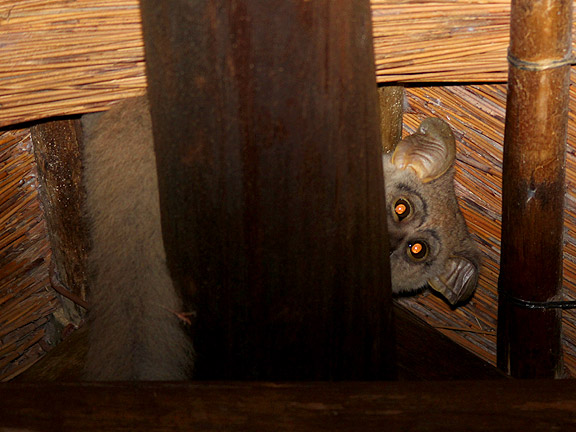
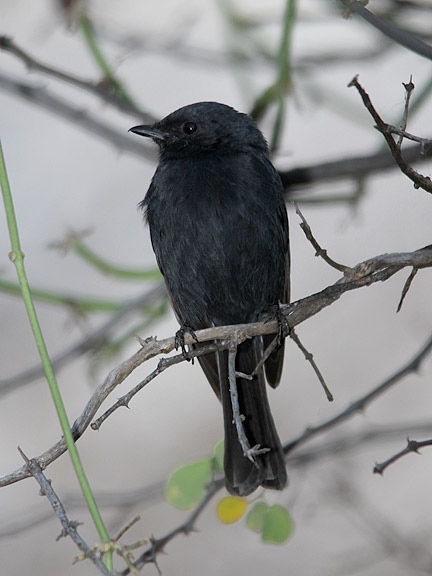
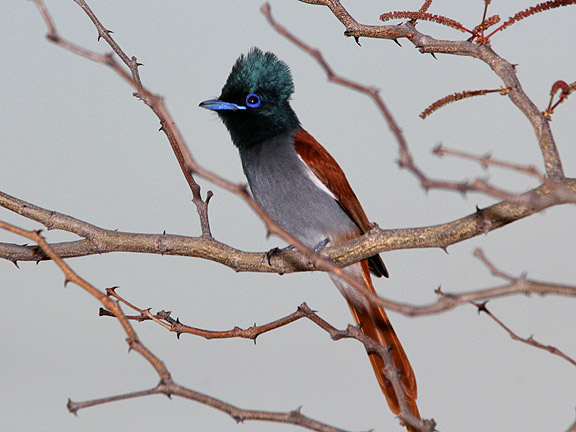
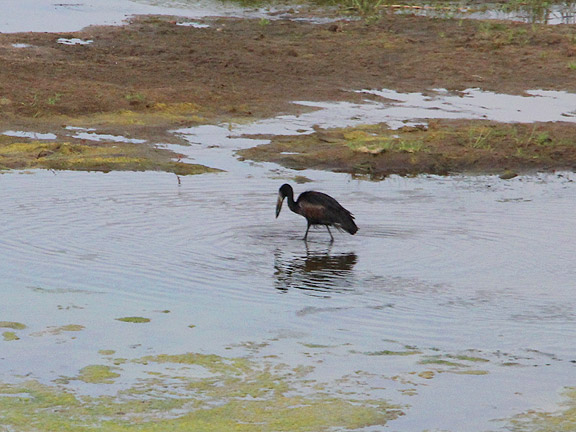
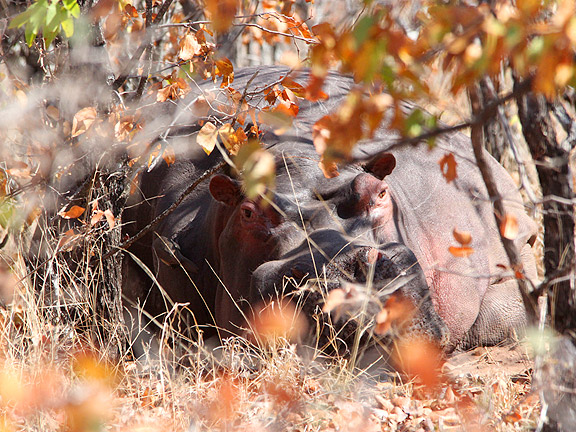
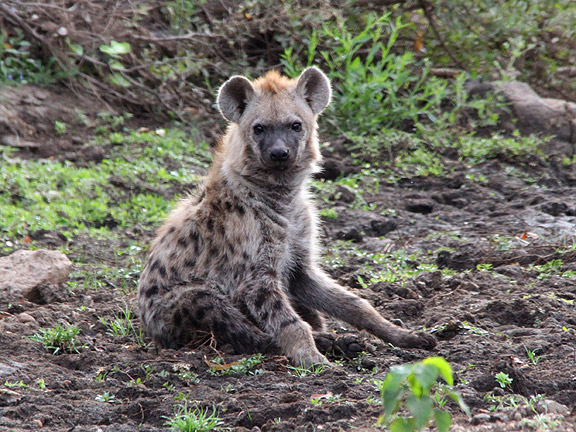
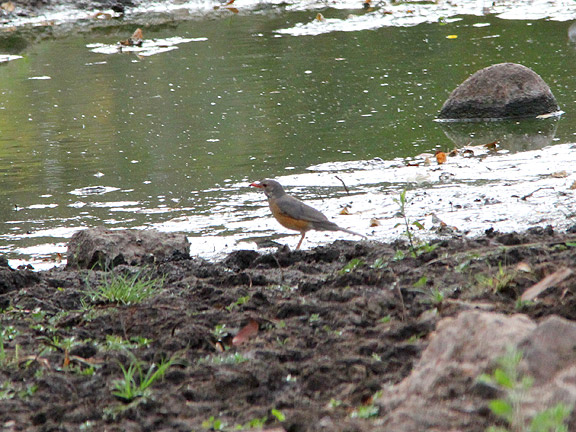
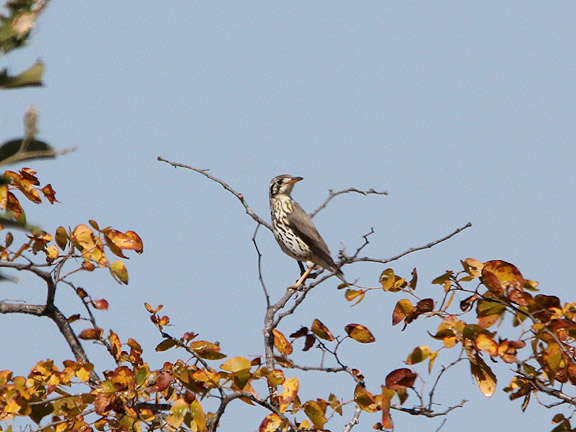
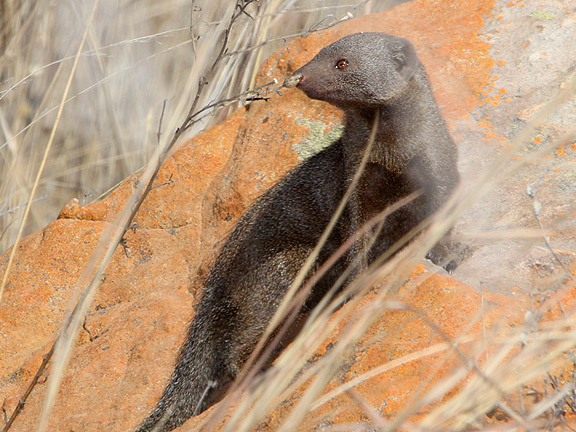

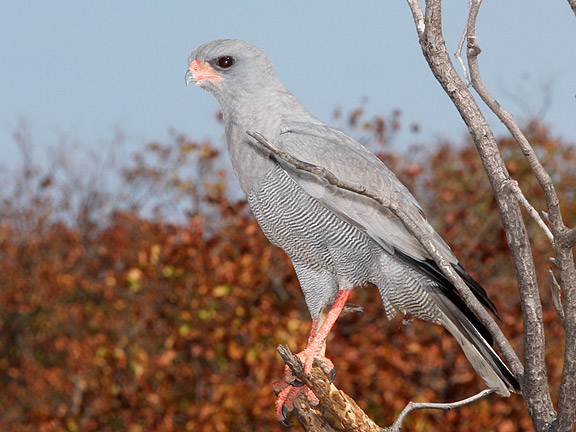


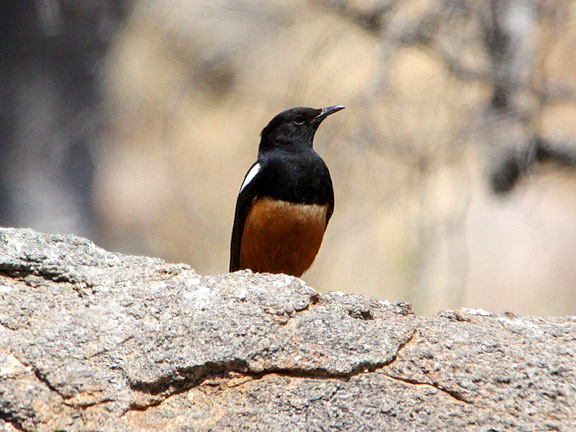

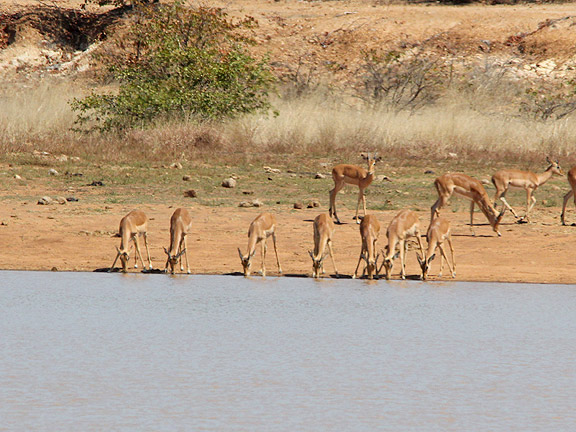
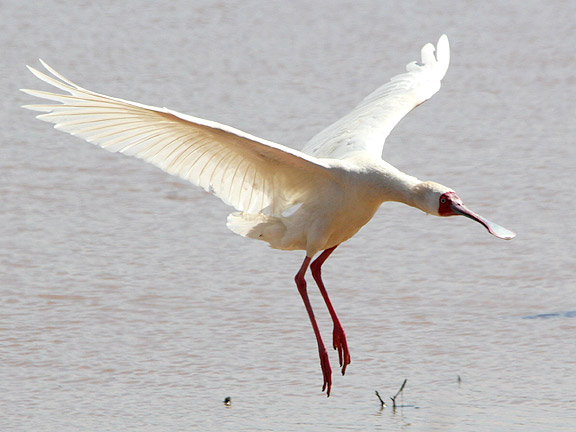



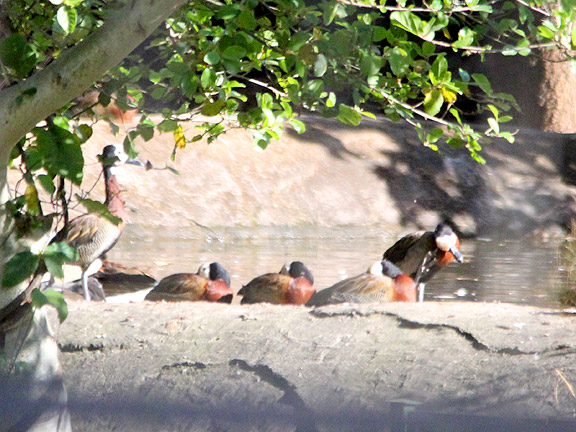

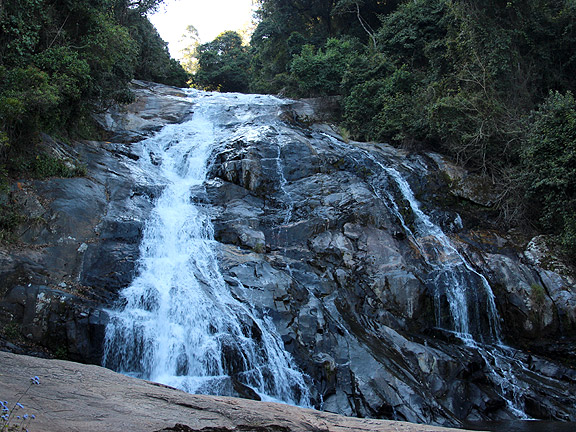
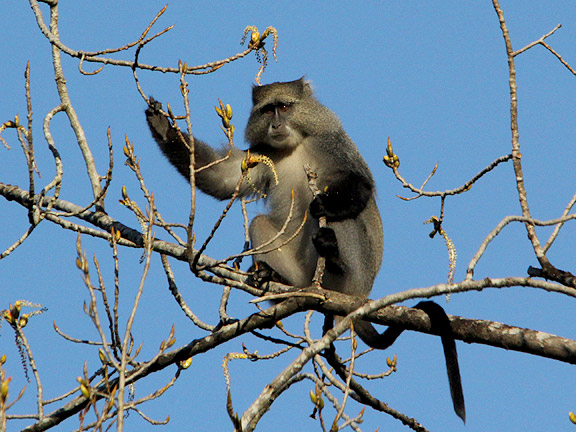
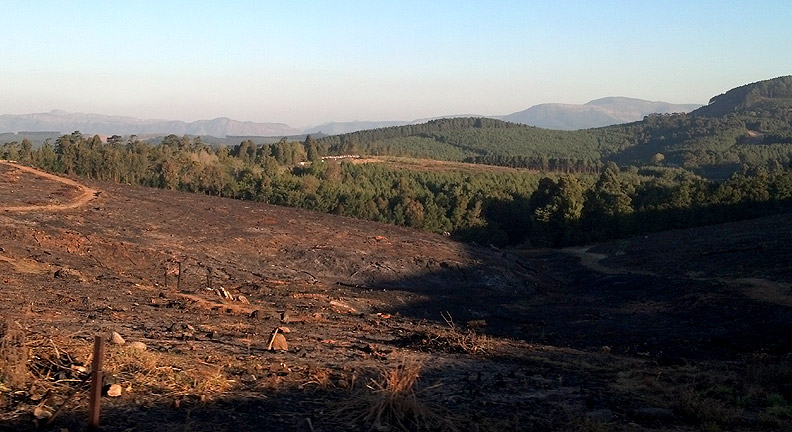
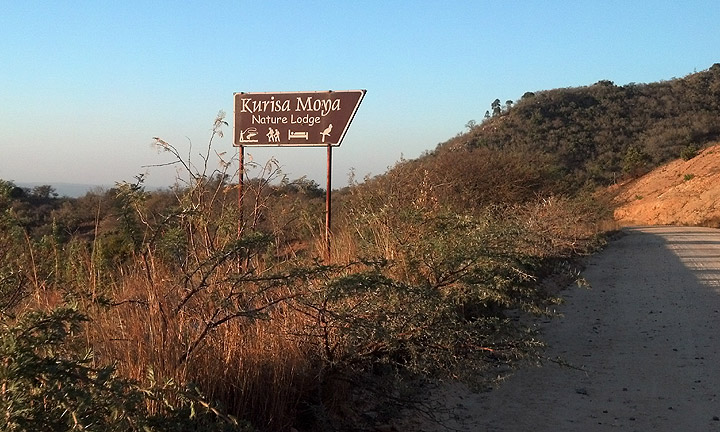

1 Comments:
Interesting pictures and story. Thanks for sharing.
Post a Comment
Subscribe to Post Comments [Atom]
<< Back to Previous